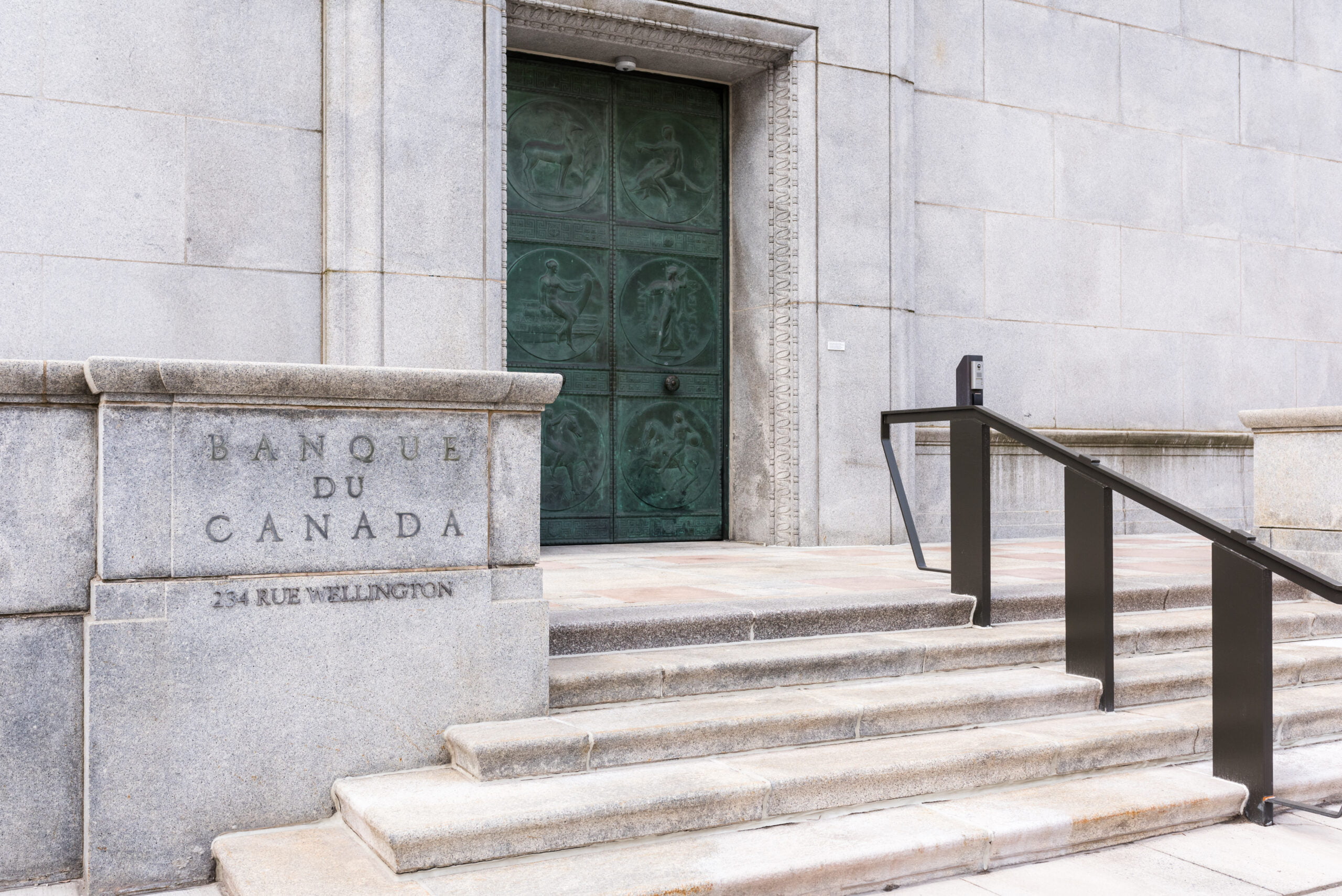Summary: Prime Rate in Canada
In Canada, the current prime rate is 4.45%. Understanding the importance of Canada’s prime rate is an essential component in ensuring that you are getting the best possible interest rate on your credit products through your financial institution.
What Does Prime Rate Mean?
The prime rate, also known as the “prime lending rate”, is the annual interest rate that Canada’s major banks use to set interest rates for various products (variable loans, lines of credit and variable-rate mortgages).
Think of this as the anchor rate that banks use to base their interest rates payable on their other lending products (a Professional Student Line of Credit may be prime rate + 0.5%, for example).
How is it Determined?
The current prime rate is primarily influenced by the policy interest rate set by the Bank of Canada – this is known as the Bank of Canada’s target for the overnight rate.
These two rates are very closely related. For example, when the Bank of Canada changes the target for the overnight rate, the banks and other financial institutions will typically adjust their prime rates accordingly shortly thereafter.
When the Bank of Canada raises their overnight rate, this means that it becomes more expensive for the banks and financial institutions to borrow money, so this is an added expense that is passed onto the Canadian borrower by adjusting the prime rate (in this case, by increasing the prime rate).
Historically, there have been many times where the Bank of Canada has lowered the overnight rate, but the banks and financial institutions did not pass the corresponding discount to the consumers (in this case, by lowering the prime rate).
Does the Prime Rate Influence Mortgage Rates?
In Canada, there are two main types of mortgage rates: fixed rate and variable rate.
- Fixed Rate means that you will pay the same rate over the entire course of your mortgage while your rate is fixed (i.e., 5 year fixed mortgage rate), regardless of the prime rate potentially moving up or down.
- Variable Rate means that you rate will typically be the prime rate + or – a certain percentage (prime rate – 1%, for example). These are usually a lower rate than a fixed rate mortgage, but there is risk that the rate could go up during the mortgage term, which would increase your payments. Many variable rate mortgage holders have been experiencing this over the last few months as interest rates have risen quite rapidly!
For more articles on fundamental and essential personal finance topics, click here.

